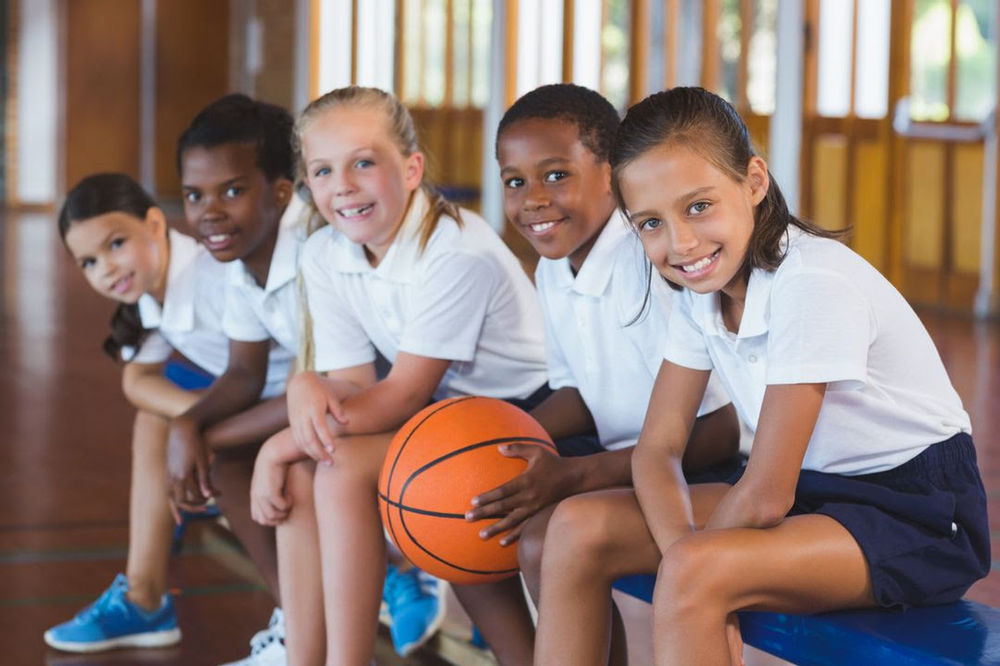NEW YORK (Reuters) – New York City’s public school system, the country’s largest, reached an agreement on Tuesday that resolves union leaders’ coronavirus safety concerns and pushes back the opening of classrooms for the new academic year by 11 days to Sept. 21.
The agreement, which comes as school systems across the country wrestle with the pandemic and pressure from the Trump administration to reopen school buildings, would maintain the city’s plan for a mix of in-class and remote learning.
“What we’ve agreed to is to make sure that the health measures are in place, to make sure there is time for the appropriate preparation for our educators,” New York Mayor Bill de Blasio said at a briefing.
In Los Angeles and Chicago, the country’s second and third largest school systems, students are beginning the academic year solely with online instruction.
Daily U.S. coronavirus infections have been declining, with 36,263 on Monday, less than half the peak reported in mid-July, according to a Reuters tally.
But there are still hotspots in the Midwest, led by Iowa and South Dakota, where new cases spiked last week. U.S. cases since the pandemic started early this year topped 6 million on Sunday, nearly one-quarter of the world’s total.
The disease has killed more than 184,000 people in the United States, over one-fifth of the world’s total.
New York unions, led by the United Federation of Teachers (UFT), had expressed concern that the city was rushing into its Sept. 10 scheduled start of the school year without taking adequate steps to protect teachers, students and staff from infections.
WORST OF BOTH SCENARIOS
UFT President Michael Mulgrew last month threatened a strike – illegal under state law – unless schools implemented a rigorous COVID-19 testing plan and other safety measures.
On Tuesday, Mulgrew and union leaders who represent principals, administrators and other school staff joined de Blasio in hailing the new agreement.
“Our medical experts have stamped this plan, and we now can say that the New York City public school system has the most aggressive policies and greatest safeguards of any school system in America,” said Mulgrew, whose union represents 133,000 teachers and other education workers.
The agreement requires monthly testing of the system’s 1.1 million students as well as teachers and staff, officials said.
Also required are 30-day supplies of masks and other personal protective equipment in every school, social distancing procedures, functioning ventilation systems in buildings and safety measures for busing students, they said.
Remote instruction for students is due to start on Sept. 16, even as teachers and staff continue preparing for the Sept. 21 opening of the system’s 1,800 school buildings.
Under the “blended learning” plan de Blasio announced in July, students would be split up, with half spending two days at school and half learning at home. For the next three days they would switch locations, and the following week they would reverse the sequence.
The plan was intended to strike a balance between the safety of online learning and mitigated risks of face-to-face instruction, which educators have said is more effective.
Edward Stapleton, a high school English teacher in the city’s Brooklyn borough, expressed concern about the blended learning plan, which he said combines the worst of both scenarios.
“We still have all the disadvantages of online learning, we still have to do that at the same time as we’re teaching, and they’re still bringing students into school,” Stapleton, 39, said in an interview.
New York, the early U.S. epicenter of the coronavirus pandemic, has cut its infection rate to among the lowest in the country. Daily testing in New York City has yielded positive results of less then 2% and sometimes less than 1% for several weeks.
Reporting by Peter Szekely and Maria Caspani in New York, and Barbara Goldberg
0
33



Comment here